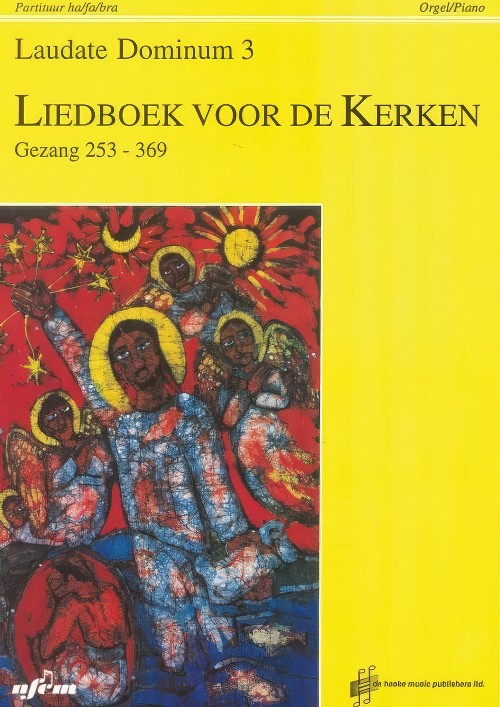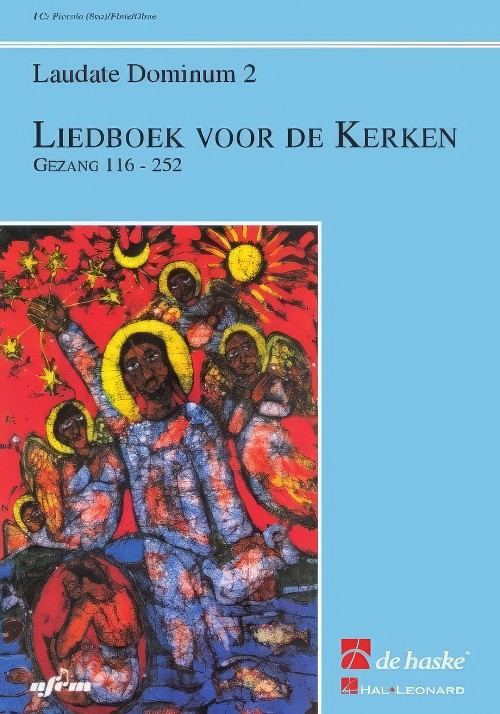We've found 515 matches for your search
Results
-
 £13.99
£13.99Laudate Dominum 4 (Part 4 in C BC)
For Trombone, Euphonium, Bassoon or Tuba
Estimated dispatch 7-14 working days
-
 £13.99
£13.99 -
 £13.99
£13.99Laudate Dominum 4 (Part 3 in Bb TC)
For Trombone, Baritone, Euphonium (all in TC) or Bass Clarinet
Estimated dispatch 7-14 working days
-
 £13.99
£13.99Laudate Dominum 3 (Part 4 in Bb BC)
For Trombone, Euphonium or Bb Bass BC
Estimated dispatch 7-14 working days
-
 £13.99
£13.99Laudate Dominum 3 (Part 4 in Bb TC)
For Trombone, Baritone, Euphonium (all in TC), Bass Clarinet or Bb Bass
Estimated dispatch 7-14 working days
-
 £13.99
£13.99Laudate Dominum 3 (Part 4 in C BC)
For Trombone, Euphonium, Bassoon or Tuba
Estimated dispatch 7-14 working days
-
 £13.99
£13.99 -
 £13.99
£13.99Laudate Dominum 3 (Part 3 in Bb TC)
For Trombone, Baritone, Euphonium (all in TC) or Bass Clarinet
Estimated dispatch 7-14 working days
-
 £13.99
£13.99Laudate Dominum 2 (Part 4 in Bb BC)
For Trombone, Euphonium or Bb Bass BC
Estimated dispatch 7-14 working days
-
 £13.99
£13.99Laudate Dominum 2 (Part 4 in Bb TC)
For Trombone, Baritone, Euphonium (all in TC), Bass Clarinet or Bb Bass
Estimated dispatch 7-14 working days
